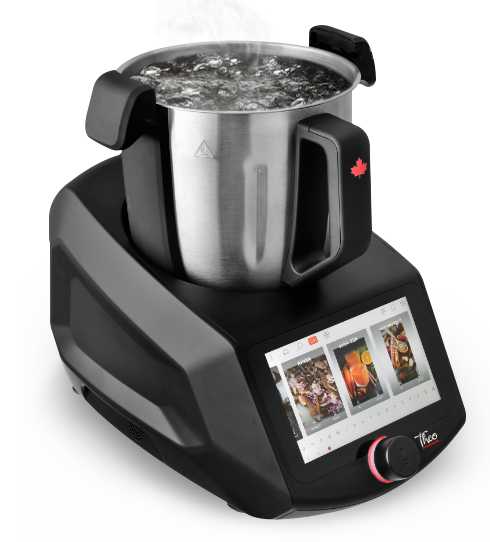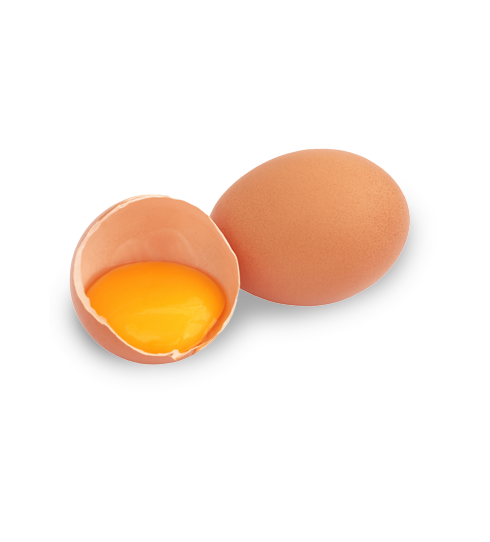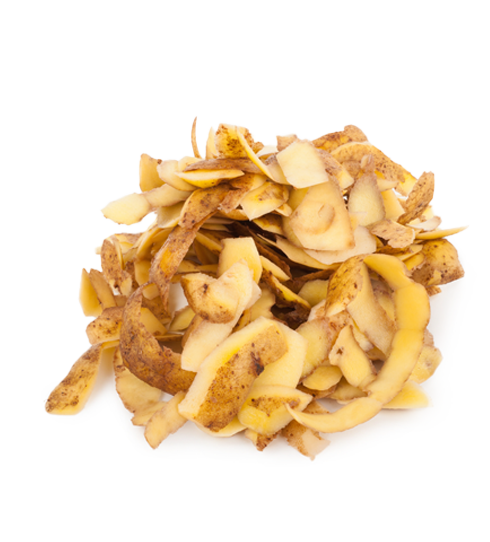Welcome to « Tips » by Kitchencook page.
Do you remember those little cooking tips your grandmother used to give you?
They are just as effective nowadays. On this page, you will find our different cooking, preserving and recycling tips.
Chef's tips

How to clean your Theo food processor properly?
For lightly soiled preparations, put a dab of dish washing soap and water in the bowl with the used accessories. Switch on the food processor and use the self-cleaning function.
For very dirty preparations, put 3 tablespoons of baking soda and 20cl of white vinegar in the bowl with the used accessories. Leave for about 15 minutes. Add boiling water and then turn on the food processor and use the self-cleaning function.
The food processor will come out like new!
Where can I find the automatic cleaning function?
It is located on the main screen, in the programmed functions. This function is set to the following parameters:
50 °C / 4 min / speed 2
It allows you to clean the robot for the first time without scrubbing and without effort!

How to use the reverse function?
When you put the 4-knife blade in the bowl, you can change the direction of the blades so that they no longer slice your ingredients.
Simply press the speed dial and press the arrow below the selected speed. When an arrow appears above, you are in reverse.
Please note that this reverse function can only be activated up to speed 3.
How to separate the egg whites from the yolks easily?
For lightly soiled preparations, put a dab of dish washing soap and water in the bowl with the used accessories. Switch on the food processor and use the self-cleaning function.
Step 1. Break the egg into a container.
Step 2. Take an empty, well-washed plastic bottle.
Step 3. Squeeze the bottle to empty the air while placing the neck on the yolk.
Step 4. Release the pressure and the yolk will be sucked into the bottle.
Step 5. Slide the yolk into another bowl. Tadaaaam!

Recycle your bread
By making breadcrumbs for your homemade frying
Making French toast with a little milk and sugar for family brunches !
Recycle your overripe fruit
By making good homemade compotes for the whole family
Making jams like grandma used to make!
Recycle your vegetable peelings
By frying them! You didn't know this trick?
But it's incredibly good.
Simply dip your well-cleaned peelings in an oil bath and make chips for an aperitif or fries for lunch.
Choose the right level in your fridge:
Choose the right level in your fridge:
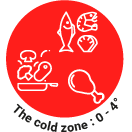

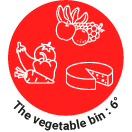
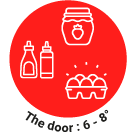
Clean food
Dirty food should never be stored in the fridge. This is especially true for herbs and vegetables that are soiled with dirt.
Pesticides, bacteria and other micro-organisms on a vegetable can easily spread and contaminate all the other food in the same box.
The same goes for packaged products: if they do not look clean, they must be cleaned to prevent germs from growing.
Optimal storage
Remove all cardboard packaging that has been handled and transported. They can carry germs and contaminate your fridge: plastic and cardboard around yoghurt or cheese.
Wash vegetables and herbs before storing them.
Put the products with the earliest use-by dates at the front. This is the best way to avoid a spinning jar of cream or tomato sauce mouldering at the bottom of the fridge.
Opt for airtight boxes
Avoid putting raw food (meat, fish) and leftovers from cooked meals in the fridge.
Put them in containers. Choose airtight tins rather than plastic or aluminium foil.
Clean your fridge once a month
Don't wait until your fridge is dirty to clean it.
Wash it regularly with natural products (water & black or Marseille soap). Rinse with water containing a little white vinegar and/or lemon juice to eliminate bacteria and bad smell. Dry with a clean cloth.

